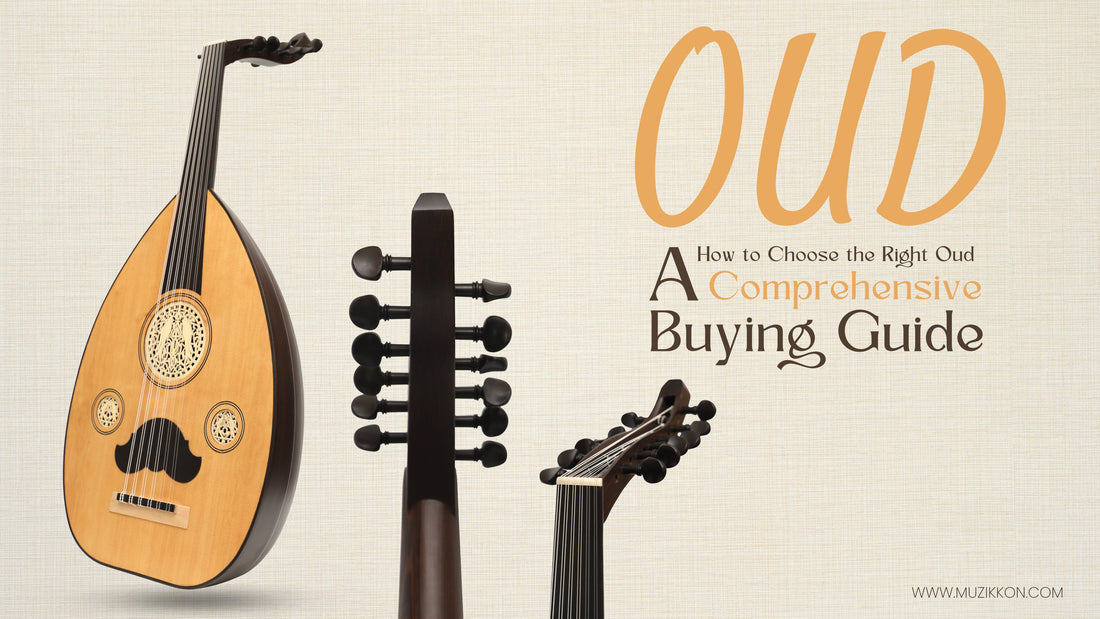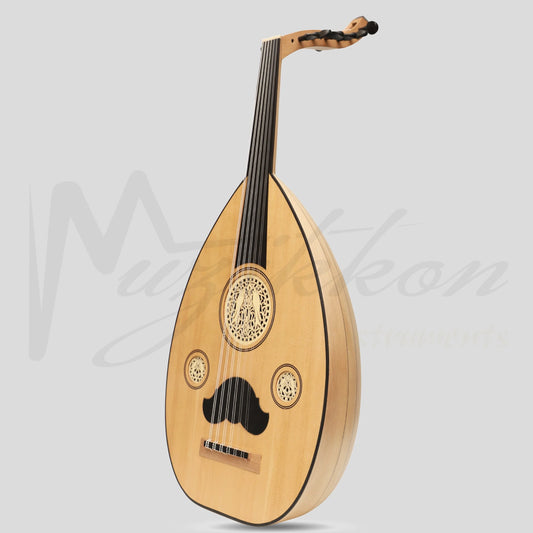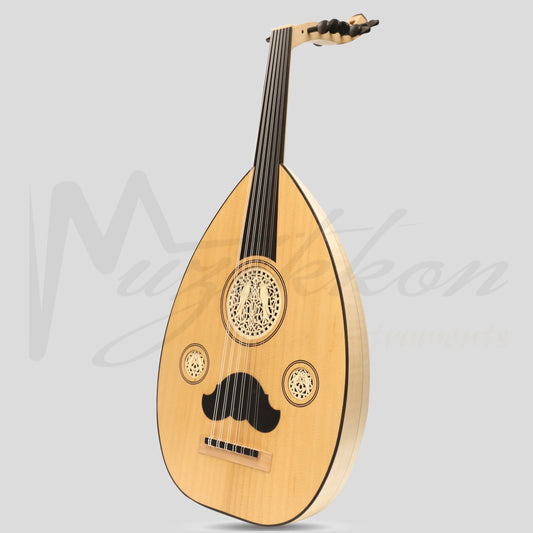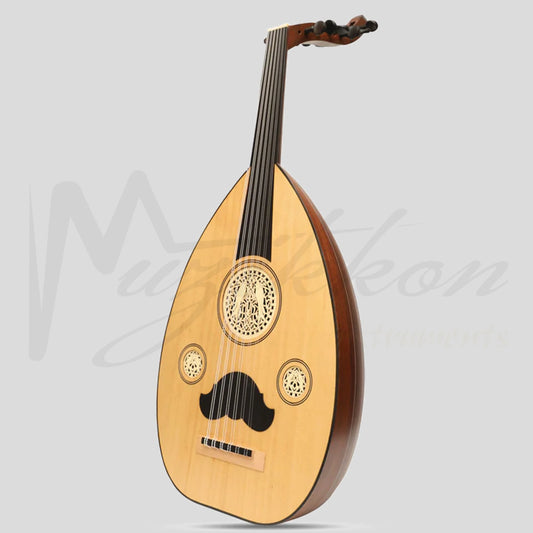The oud is a distinctive and versatile string instrument with deep cultural roots in Middle Eastern, North African, and Mediterranean music. Whether you're a beginner or an experienced musician, finding the right oud can greatly enhance your playing experience. This guide outlines key factors to consider when choosing an oud that suits your needs and style.
Understanding Oud Types
The first step in selecting an oud is understanding the different styles available. Each type has unique characteristics that influence its sound, design, and playing technique.
-
Arabic Oud: Known for its rich, deep sound with warm tones. Commonly used in traditional Middle Eastern music.
-
Turkish Oud: Produces a brighter, sharper tone with higher string tension. Favored in Turkish classical and folk music.
-
Persian Oud (Barbat): Typically smaller with a distinct tonal quality that blends well with traditional Persian music.
The type you choose should align with the musical style you prefer to play.
Materials and Craftsmanship
The choice of materials has a significant impact on the oud's sound quality and durability. Key materials to consider include:
-
Soundboard (Top Plate): Made from softwoods like spruce or cedar, the soundboard affects resonance and clarity. Spruce produces a brighter tone, while cedar offers warmth and depth.
-
Bowl (Body): Usually crafted from hardwoods such as walnut, mahogany, or rosewood. Each wood type influences the oud's tonal character and projection.
-
Neck and Fingerboard: Hardwoods like ebony are preferred for durability and smooth playability.
Handcrafted ouds often provide superior build quality, ensuring better sound projection and longevity.
String Configuration and Tuning
Ouds typically feature 11 or 12 strings grouped into five or six pairs, plus a single bass string. Arabic and Turkish ouds differ in their tuning systems, so understanding the intended tuning style is important when making your choice. Beginners may prefer an oud with fewer string pairs for easier handling.
Body Size and Shape
Ouds vary in size, with some models having deeper bowls for greater resonance and others featuring a slimmer profile for comfort. Consider the following factors when deciding:
-
Larger bowls deliver fuller sound but may feel less comfortable for smaller players.
-
Slimmer designs are more manageable, especially for beginners or those accustomed to smaller instruments.
Choosing Based on Skill Level
-
Beginners: Entry-level ouds are often more affordable and ideal for learning the basics. Look for durable materials and reliable tuning stability.
-
Intermediate Players: Mid-range models offer improved craftsmanship and sound quality.
-
Advanced Musicians: Professional ouds are crafted from premium materials with refined details for exceptional tone and responsiveness.
Accessories and Maintenance
Investing in accessories like a padded case, extra strings, and a tuning key will protect your instrument and ensure consistent performance. Regular maintenance, such as cleaning the strings and checking tuning pegs, will extend the oud's lifespan.
Budget Considerations
While entry-level ouds are suitable for casual learners, investing in a higher-quality instrument offers better sound, durability, and playing comfort. Carefully balance your budget with your long-term goals as a musician.
Where to Buy Your Oud
Choosing a trusted supplier is key to finding a quality instrument. Muzikkon offers a range of Oud Instruments for Sale, featuring models for all skill levels. With carefully selected materials and expert craftsmanship, Muzikkon ensures each oud is built for sound quality and lasting value.
For additional options, explore Muzikkon’s extensive range of musical instruments for sale to find instruments that suit your style and skill level.
By taking the time to understand oud types, materials, and features, you can confidently choose an instrument that matches your musical aspirations and ensures an enjoyable playing experience.








